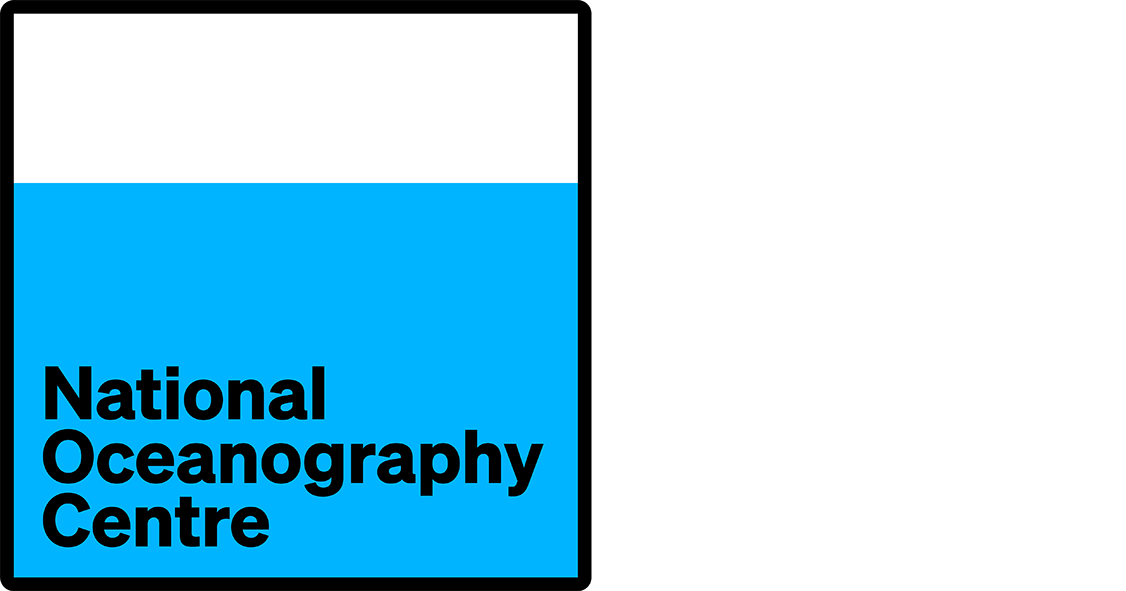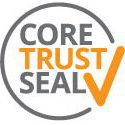- Submit data
- Submission guidelines
- Towed undulator data
Towed undulator data submission
BODC aims to ensure that all data incorporated into our database are adequately documented to allow long term viability and future access. Therefore, key data set information (metadata) are important for each data set we receive.
Information specific to towed undulator data are described below. Metadata should be supplied in our metadata submission template, however we are able to accept metadata in any format. Please do not be discouraged from sending us data even if some of the information is unavailable. We fully understand that there are many reasons why the standards specified may not be completely achieved.
Instructions for general data submissions and other data types are also available.
Data standard
Ideally, data should be provided as a time series and should be merged with the navigation data. A record should consist of date, time, navigation and all observed parameters. If the navigation data has not been merged with the observed data, they may be submitted as a separate file. This should be linkable using date and time.
Data split into 'pseudo-CTD' casts are also acceptable. In this context, a 'pseudo-CTD' is defined as the part of the undulator profile collected on the downward undulation of the instrument.
Alternatively, data may be supplied in a grid format, for example, eight-decibar vertical resolution with a horizontal resolution to match the wavelength of the undulator oscillation through the water.
All relevant corrections and calibrations (laboratory and field) should be applied to the data. It should be checked for quality and pre-edited or flagged for erroneous values. Sample data collected for calibration purposes should also be provided.
Metadata specific to towed undulator data
Collection details
- Ship and cruise identifier.
- Project (if applicable).
- Country and organisation.
- Towed undulator deployment identifier.
- Date/time of the start/end of each run.
- For 'pseudo-CTD' casts — date, time, latitude, longitude, and an up/down indicator for each cast.
Instrument details
- Instrument description. Include — reference number, manufacturer and model - provide a literature reference, web site reference or briefly describe.
- Operational procedures. Include — sampling rate, sensor resolutions, undulation rate and methods of positional fixing (e.g. DGPS, GPS).
Calibrations and corrections
- Laboratory calibrations.
- In-situ calibrations (i.e. comparisons with lowered CTD before and after a run, use of a thermosalinograph or water samples collected form a non-toxic supply).
Data sampling/processing
- Filtering, de-spiking or smoothing methods.
- Editing and quality control methods.
- Corrections applied for offsets due to fouling of the conductivity cell.
- Time lag correction scheme.
- Adjustments made due to variations in calibrations.
- Quality control report.


